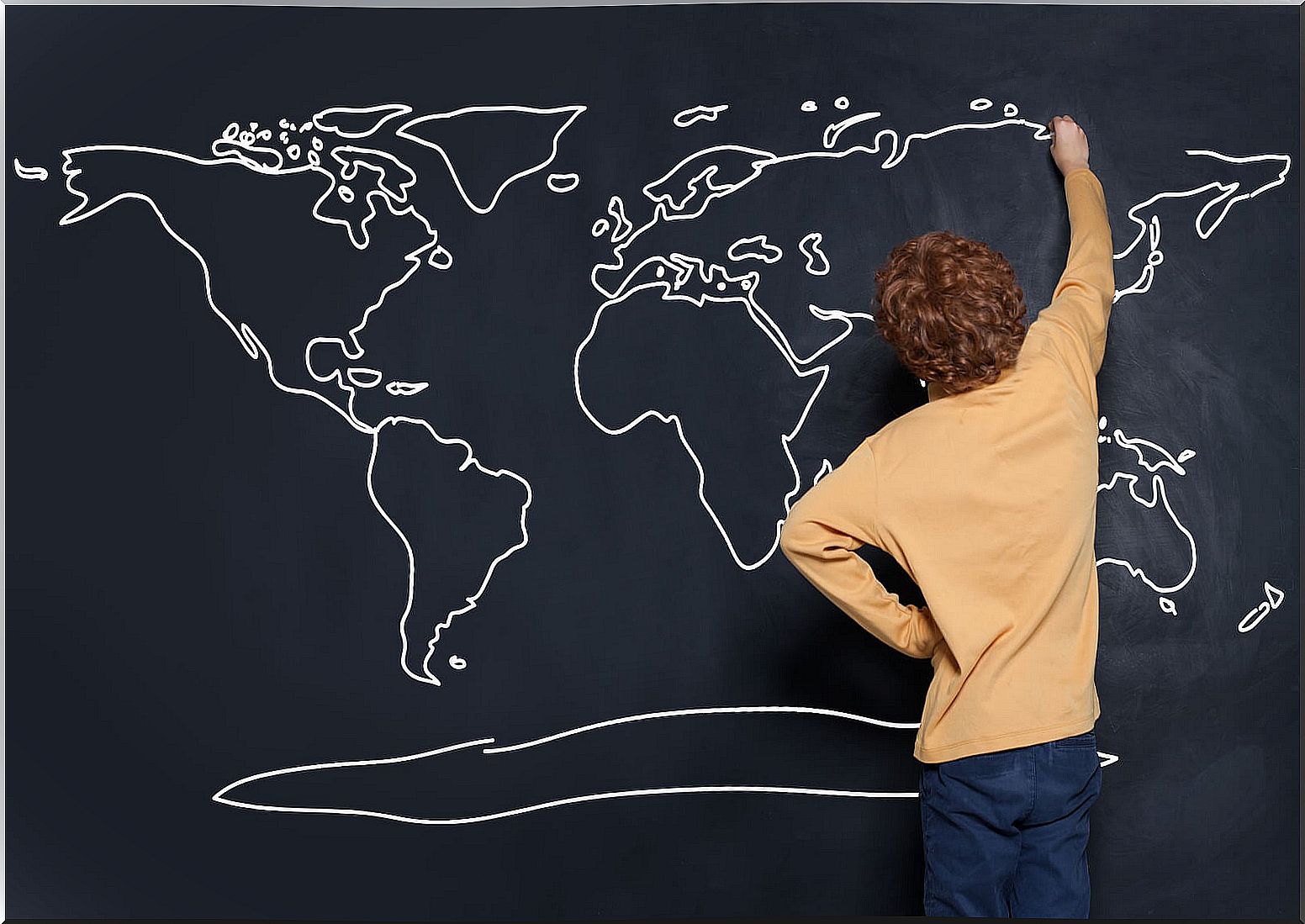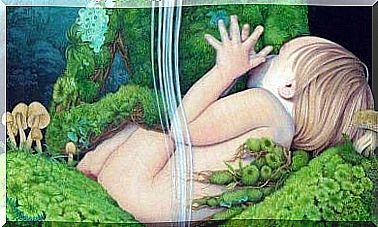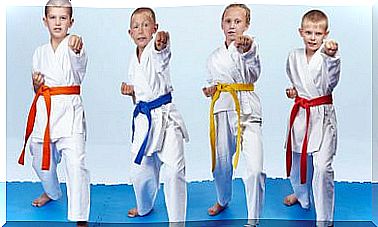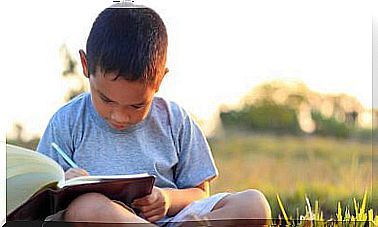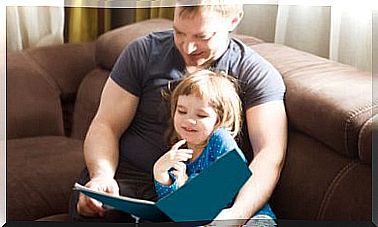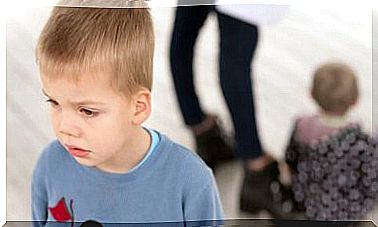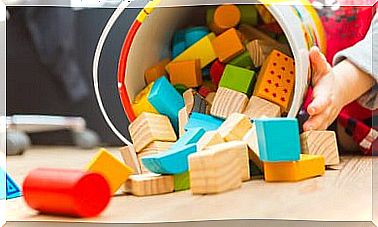How To Make A Homemade Compass For Children

Knowing how to orient oneself in space is a skill that must be learned and practiced and, for this, it is very useful to make a homemade compass for children. This fun and educational project will support the little ones in the development of their spatial intelligence, as well as in understanding something as curious as the magnetism of the Earth.
What is a compass?
A compass is a device similar to a watch. The cardinal points scheme is printed on its box and in the center it has a magnetized needle that always indicates north.
It is used as a navigation and geographic location tool. For example, to know where you are, to know where the wind is coming from or to take a trip to any destination. The compass will allow you to know where the cardinal points are, which are the following:
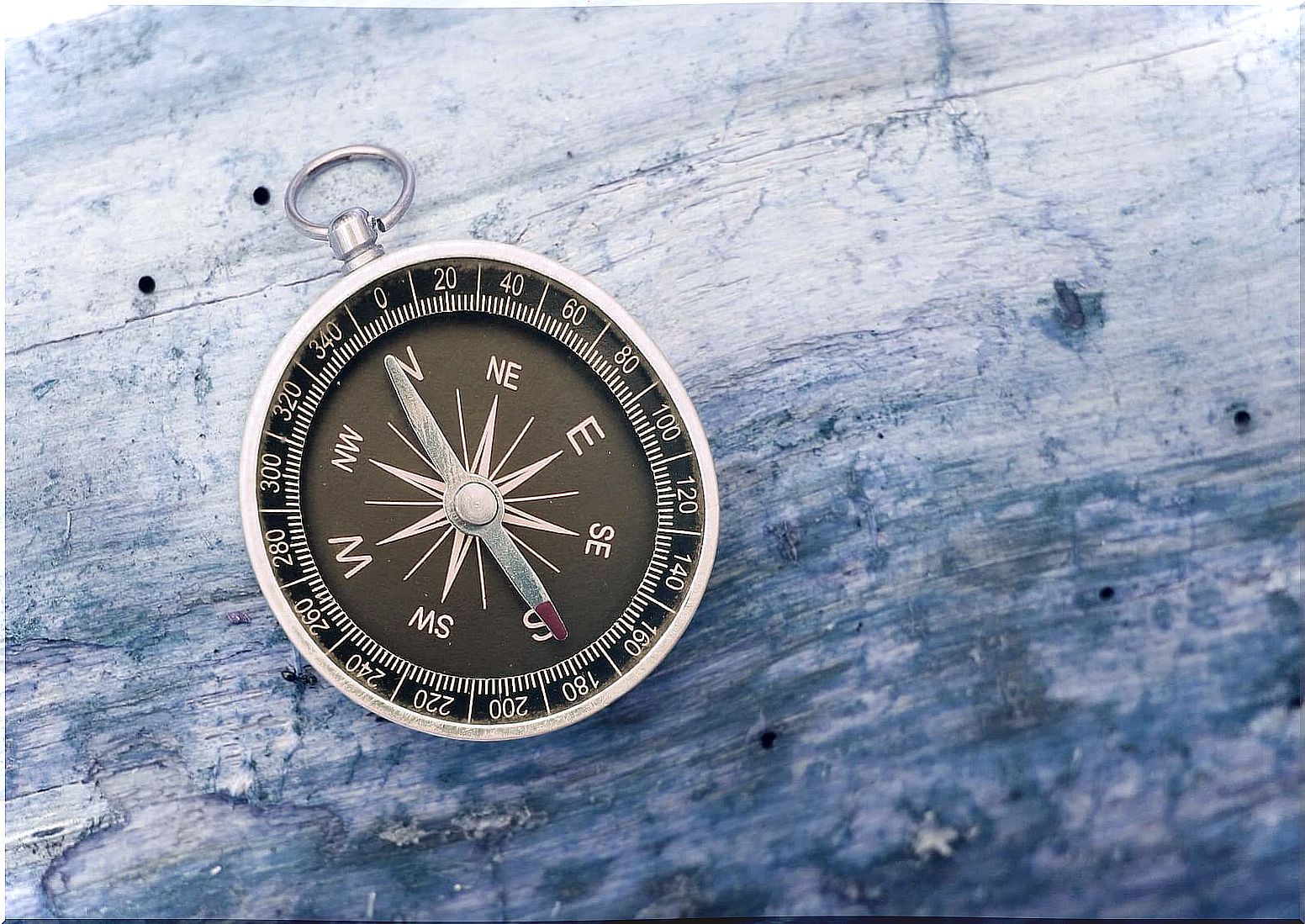
- North = Borealis.
- South = Austral.
- East = Rising, Levant or East (where the Sun appears).
- West = West or West (where the Sun sets).
The fixed point that the compass always marks you is the “North Pole”. From your reading, you already have the first idea of location.
How does a compass work?
This device is very old and was discovered by the Chinese more than 1000 years ago. They observed that an iron magnet floating in the water always pointed north. Even moving the container, the magnet would rotate and return to the same position.
The Arabs and Europeans took this discovery and applied it in navigation, thus, the compass made travel in the great oceans possible, where it is very difficult to orient oneself.
But what is the explanation for the movement of the magnetized metal? Why did that happen with the compass magnet? Recently, in the 16th century, British scientists suggested that the Earth is a “giant magnet” whose pole of attraction is in the north and the magnetized metal of the needle is always directed there attracted by that force.
This mystery captures children, so being able to do an experiment at home to see them with your own eyes will be very fun and stimulating.
How to make a homemade compass?
Everything you need is sure to be at hand:
Elements
- 1 magnet (it can be the kind that sticks on the fridge).
- Sewing needle.
- 1 cork.
- Container.
- Water.
Step by Step
- Cut the cork crosswise by removing a 1 centimeter thick slice.
- Magnetize the needle by rubbing it on the magnet.
- Pierce the cork “coin” with the magnetized needle. Let a piece of needle show on both sides.
- Fill a container with water and float the cork with the needle pierced.
- Notice that the magnetized needle lines up pointing north.
- Turn the container and you will see that the cork rotates counterclockwise, until the needle finds north again. This tells you that it is working properly.
- Compare with a real compass or with an application on your mobile to see if the measurement matches.

Source: Cienciabit: Science and Technology (YouTube).
What do children learn with a homemade compass?
A homemade compass is very useful to develop content on geography, physics and even a little astronomy, which the little ones love. Thus, through the experiment, topics such as the following can be explained:
- Geographic location (hemispheres, continents, countries, cities, rivers, mountains, etc.).
- Orientation on earth and in heaven. For example, if we point north with the compass and look at the sky, we will see the North Star, the last in the constellation Ursa Minor.
- Electromagnetism : the movement of particles, the effect of friction, positive and negative charges, and the formation of magnetic poles.
- Magnetism of the Earth : this phenomenon is produced by the movement of electrical charges in the metallic nucleus. The magnetic field has two poles, north and south, and the magnetized needle of a compass aligns with them.
Today compasses have been replaced by satellite navigation systems (GPS) and applications, but in areas where electrical power is not available, their usefulness is invaluable.
Learn to make a homemade compass for children and you will have fun times with them. This project activates the imagination and the desire to learn more in order to apply the knowledge when going out to the mountains or to the beach.
